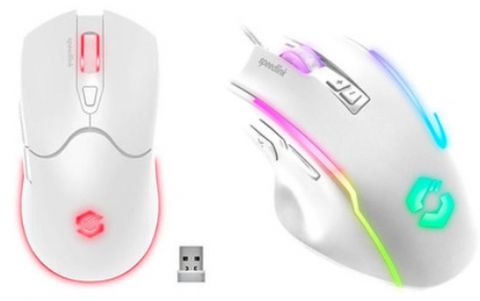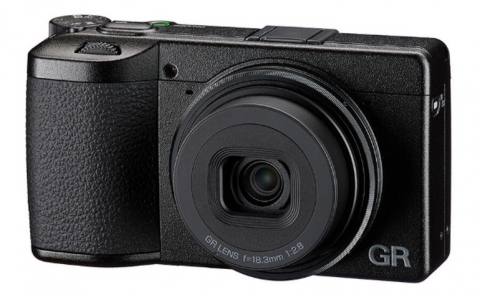
Philips presents highly integrated System Solution for mobile handset mass markets
Royal Philips Electronics announced the introduction of a highly integrated System Solution for low- to mid-end GSM/GPRS mobile handsets.
With Nexperiaδ Cellular System Solution 5120, manufacturers benefit from a highly compact, complete hardware/software design, optimized for multimedia performance. It provides the ability to shorten development cycles and take increasingly advanced, but cost-effective handsets quickly to market.
As recently as five years ago, a manufacturer would introduce between five and ten new handsets per year. Today, major suppliers launch up to 40 devices annually, with each model targeted at a very specific market.* Consumers expect even low- to mid-end phones to have technical features such as color screens, polyphonic ring tones, speech recognition, Bluetooth and FM radio.
"Handset shelf-life has been dramatically reduced to less than six months. Therefore, handset makers need to continuously deliver up-to-date models to retain and grow their customer base. Philips Nexperia Cellular System Solution 5120 provides plug-and-play integration, which eases the design-in process and facilitates multimedia features integration," said Gert-Jan Kaat, senior vice president of Mobile Communications, Philips Semiconductors. "The solution frees up design resources to focus on product differentiation."
Nexperia Cellular System Solution 5120 provides a new level of integration compared to the previous generation, Sy.Sol 5110. Reducing the overall component count by 25-30 percent, to a total of 75 components, means more available board space for advanced features. The component reduction has been achieved by integrating the new RF SiP (UAA3587), already available in Sy.Sol 6120-based handsets. The solution also features a new BGY502 front-end module that integrates the antenna switch, further simplifying the production environment. With the inclusion of these components a major integration step is achieved: the full radio solution measures less than 300sq mm, comprising two active components and less than 35 external passive components.
Featuring 2 out of 4 bands (850/1900 or 900/1800), MMS 2.0, WAP, JAVA, the GSM/GPRS solution has achieved full Interoperability Test (IOT) validation. In a fast-moving environment, this testing ensures reliability as well as compliance with networks, certified with PCS Type Certification Review Board (PTCRB) release 3.0.1 and GSM Conformance Forum (GCF) 3.15 release. Optional software features include speech recognition, SyncML, Instant Messaging and Presence Services (IMPS) and LifeVibes audio enhancements. Hardware extensions include Bluetooth, Video MPEG 4 and FM radio.
Philips' new silicon-based RF SiP technology allows for the integration of high-quality passive components using relatively low-cost silicon processing. Active components such as the transistors can be fabricated for optimal performance in other process technologies, such as Philips' QUBiC BiCMOS or GaAs process.
The Nexperia Cellular System Solution 5120 is made of a Nexperia Cellular Baseband (OM6357-7), the UAA3587 RF transceiver, the BGY502 front-end module, the PCF50603 power management unit and of course software. The Bill of Materials (BOM) is highly competitive due to component integration.
The Nexperia Cellular System Solution also comes with a developers kit, enabling customers to get immediate access to the platform to develop their own applications, but also with a self-guided training pack and a complete set of documentation that provides extensive reference material. Furthermore, Philips offers training sessions, for hands-on learning. Customer support is also provided to help customers get to market quickly with the right product.
Philips pioneered the system solution approach in 1999. As a worldwide leader in cellular communications, Philips offers a global network of expertise to help customers succeed.


















